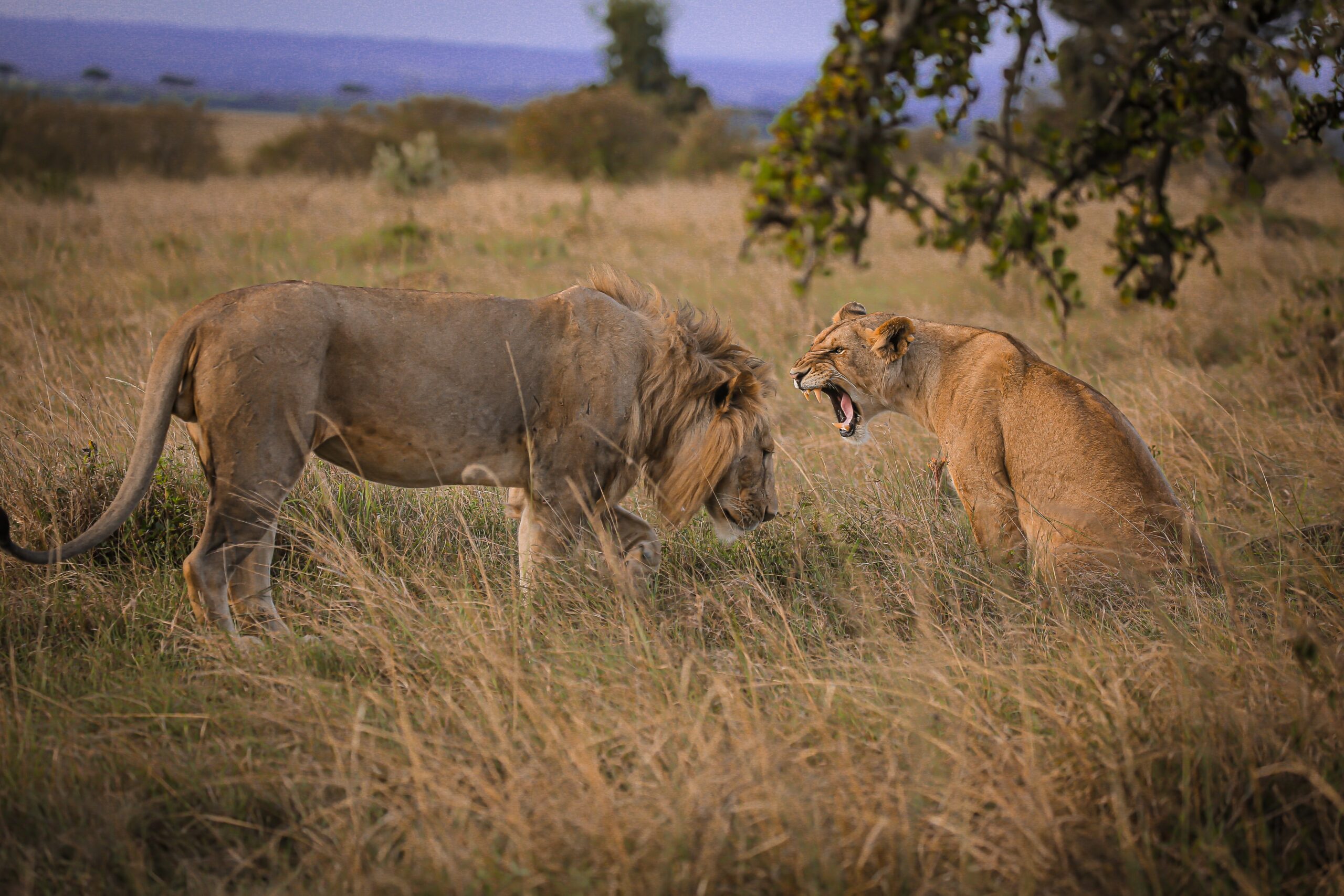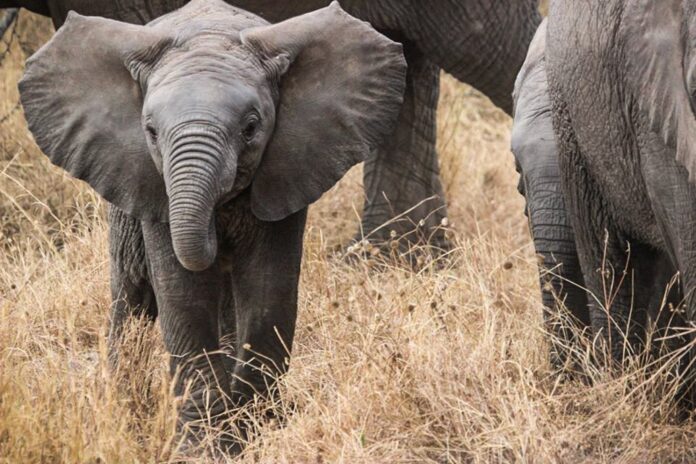By Omboki Monayo
Nairobi, Kenya: Unchecked biodiversity loss could lead to an economic disaster in Kenya, an expert has warned.
According to Dr. Judith Nyunja of the Wildlife Research Training Institute (WRTI), the threat of biodiversity loss looms large over rivers, wetlands, cropland, and urban settlements.
She made the remarks during a biodiversity forum with journalists, adding that there was a need for Kenyans to coexist with nature because their survival depended on it.
“We need to adopt a biodiversity inclusive One Health approach that will reduce biodiversity loss and help us pursue sustainable livelihoods,” said Dr. Nyunja.
Dr. Nyunja, who is an inland water systems expert, also called for reenergized conservation efforts at county levels, warning that widespread biodiversity loss could sound the death knell for the livelihoods of many Kenyans.
“We should ensure that we have frameworks for sustainability including environmental conservation committees at county levels. If we lose our biodiversity, we will lose our livelihoods,” she said.
She reminded participants that the country’s ecosystems provide different services within their various regions.
“Kenya’s inland ecosystems are categorized into rivers, lakes, wetlands, croplands, freshwater, mountains, and urban areas,” said Dr. Nyunja.
The scientist pinpointed human activities as a major burden on the country’s inland water ecosystems.
She said the subdivision of land into smaller plots in prime agricultural areas had jeopardized sustainable food production, adding that the cultivation of crops was now driving the invasion of previously pristine savannah grassland and forests.
“Land fragmentation produces stress on the savannah ecosystem. An example is the Mt Kenya and Aberdare Forest land which is protected yet people are trying to encroach on the land,” she said.
Dr. Nyunja added that the mountain ecosystem was experiencing biodiversity loss that has resulted in the massive loss of its natural species.
“Mountain snowcaps are supposed to slowly flow into the rivers in their regions. So far, the mountain ecosystem has declined by 90 percent,” Dr. Nyunja said.
The researcher said the country had lost 7.4 percent of forest cover, in addition to witnessing a 40 percent decline in wetlands and a 68 percent reduction in wildlife population between 1990 and 2014. Nairobi has also lost at least 5 percent of its wetlands.

Mr. Felix Mutwiri, an activist who works for the Friends of Nairobi National Park (FONNAP), lobby group, told Talk Africa of its burning passion for keeping private developers out of the national park situated in the country’s capital.
Nairobi National Park is the only park in the world situated within a capital city and is a major draw for tourists.
“We have gone to court to stop the construction of hotels in the park. We also took the government to court over the standard gauge railway (SGR) that was to pass through the park. The government eventually built the park’s railway portion on a raised platform that allows animals to freely move around below, but we still continue to fight off other attempts to encroach on park land,” said Mr. Mutwiri.
He urged the media to boost advocacy efforts geared at securing the park as one of Kenya’s premier tourist sites.
“We need the media to not only broadcast our efforts but also campaign for the park’s continued existence,” he said.
Dr. Nyunja said the glaciers on iconic Mt Kenya were slowly diminishing, further placing the region’s ecosystem under the threat of increased biodiversity loss.
She pointed out that rivers were under threat because of rising levels of silt deposited due to human activities.
“Rivers in the savannah ecosystem are drying up because of increased silt deposits or siltation,” she said
She explained that the intensified borehole drilling and construction of other artificial water systems were contributing to biodiversity loss.
“There is massive pressure on inland water sources due to abstraction of water, and this is also accelerating biodiversity loss,” Dr. Nyunja said.
Dr. Nyunja said the splitting up of land into smaller plots in prime agricultural areas had proven a threat to sustainable food production, adding that the cultivation of crops was spilling over into pristine savannah grassland and forests.
“Land fragmentation produces stress on the savannah ecosystem. An example is the Mt Kenya and Aberdare Forest land which is protected yet people are trying to encroach on the land,” she said.
On his part, World Wildlife Fund (WWF) communication officer Obi Owino said the media had ignored biodiversity loss stories because of a limited understanding of what it actually means to the country’s economic and social well-being.
He also told Talk Africa that the media had covered biodiversity issues an average of eight times less than it covered climate change issues.
The communication expert and former award-winning journalist said most media outlets tended to focus on climate change while leaving biodiversity loss on the back burner.
Mr. Owino challenged journalists to take a second look at biodiversity loss as one of the existential threats facing the country, naming the endangered Loita Forest as an example.
He urged the media to report consistently and objectively about biodiversity loss to create awareness as well as push for change at policymaking and governance levels.
“Loita Forest is one of the few pristine forests supporting the Maa community with herbal medicine, food, and other natural supplements, but remains a largely untouched topic in media coverage. We should be at the forefront of chronicling its destruction so as to preserve it for the community and country’s posterity,” said Mr. Owino.
One of the ways he suggested for journalists to increase the focus on biodiversity loss was the true cost of destroying nature in favor of big infrastructure projects.
“How much are we losing in the face of megaprojects that encroach into pristine forests and other natural zones? This can be an important point of focus for biodiversity loss stories,” he said.
Mr. Owino also named climate change, human-wildlife conflict, habitat loss, and the now global trend of overutilization of water resources as other factors driving biodiversity loss.
“We lose wild animal species due to poaching, habitat loss, and destruction. Using this lens in stories could provide the media with important insights into biodiversity loss,” he said.
On her part, Dr. Nyunja said there is an urgent need to establish comprehensive structures for sustainable environmental conservation at county levels to complement the ones already put in place by the national government.
She asked citizens to adopt a One Health approach to environmental conservation to overcome the challenge of biodiversity loss.
According to the United Nations Environment Environment Programme (UNEP), One Health is an integrated, unifying approach that aims to sustainably balance and optimize the health of people, animals, and ecosystems.
It recognizes and encompasses the health of humans, domestic and wild animals, plants, and the wider environment, including ecosystems, which are closely linked and interdependent.
“Incorporating the One Health model into everyday activities will foster healthier coexistence with the natural world. For instance, greening through tree and flower planting as well as smart farming can be done in urban settings,” said the scientist.
“If we reduce the drivers of biodiversity loss, restore our forests, opt for sustainable production, and reduce wastage in industrial and domestic settings, we can reduce the loss of natural life and secure a more sustainable future,” she concluded.
omboki2725@gmail.com














